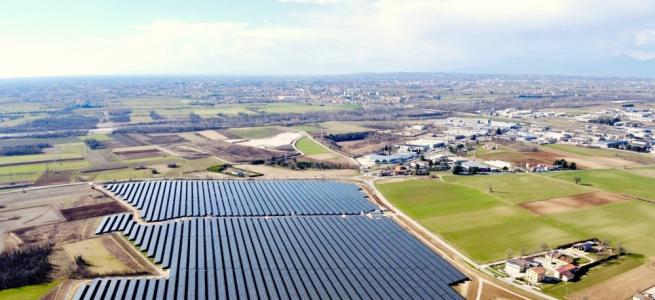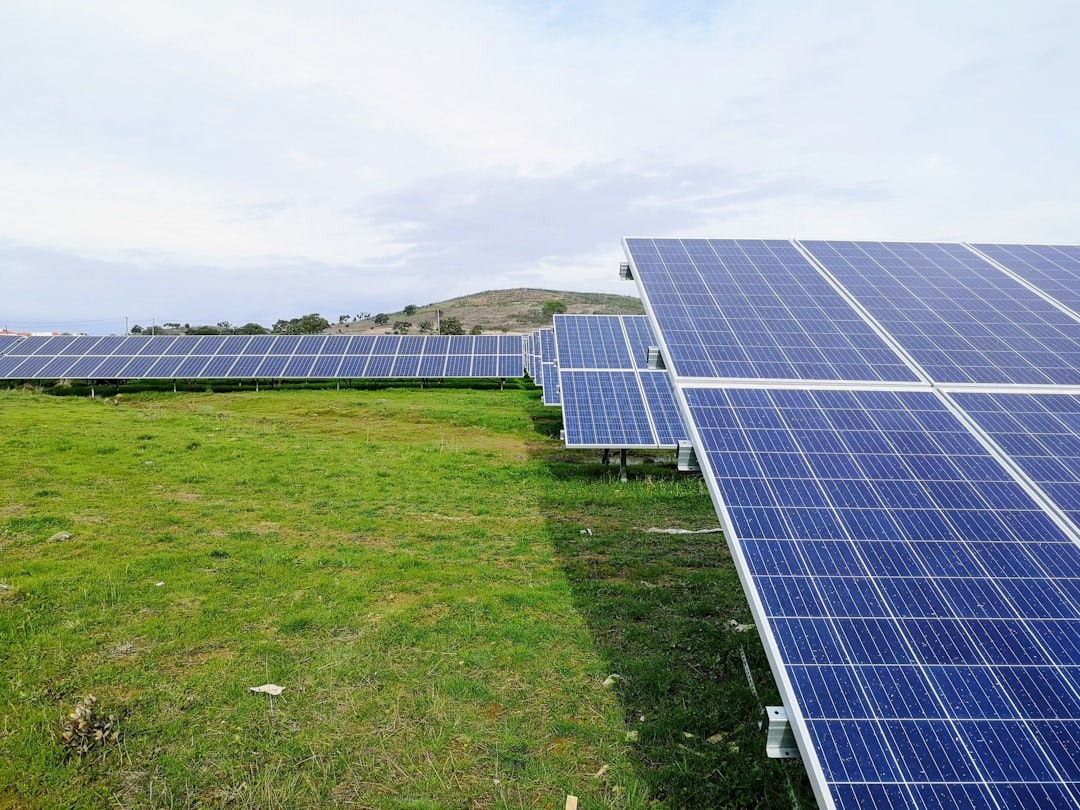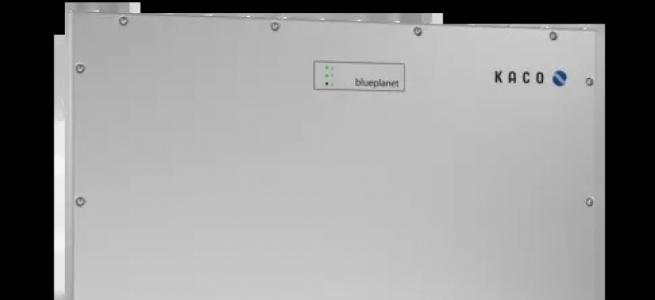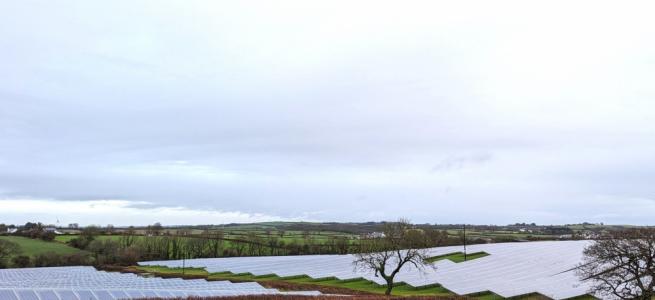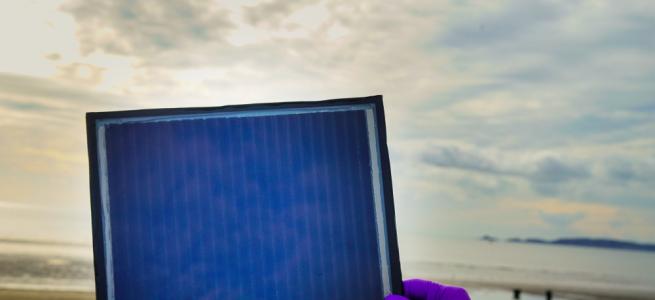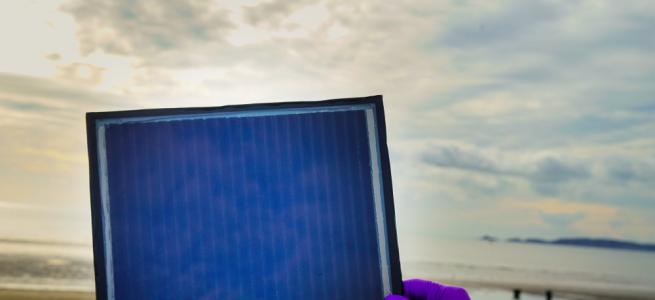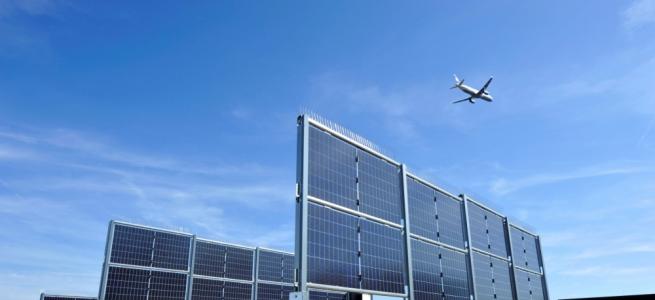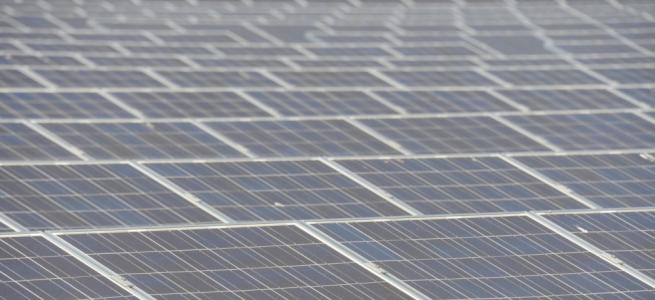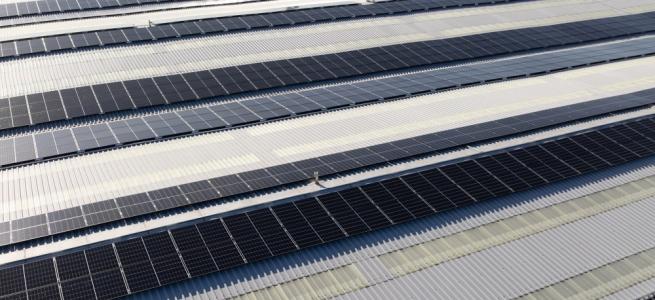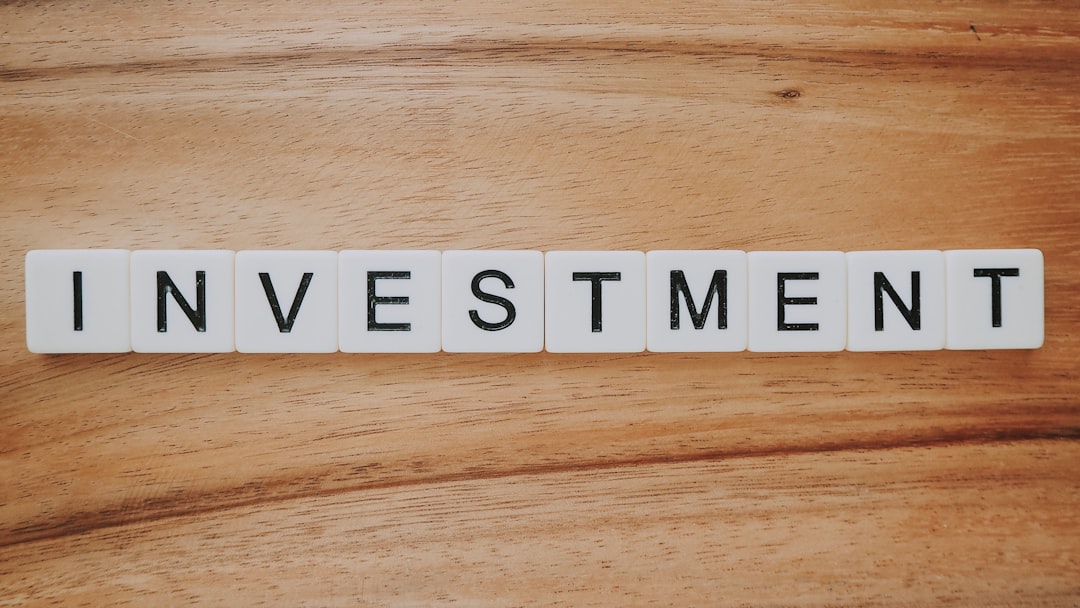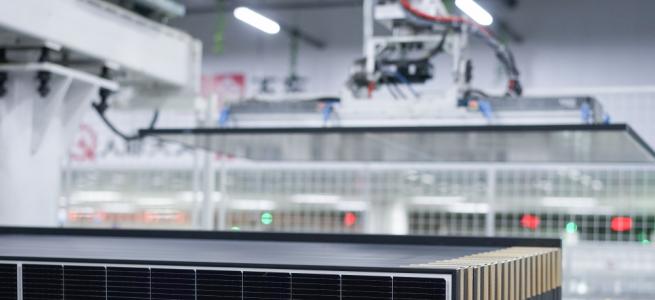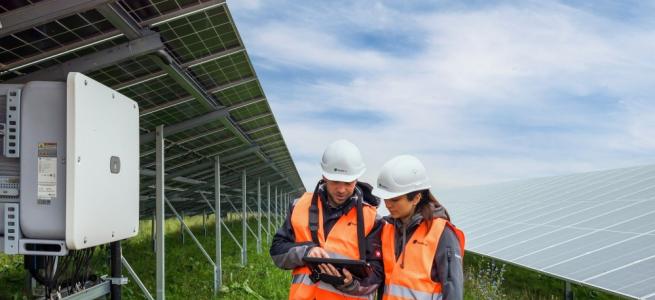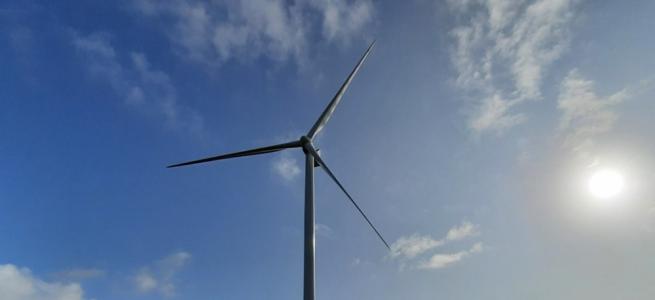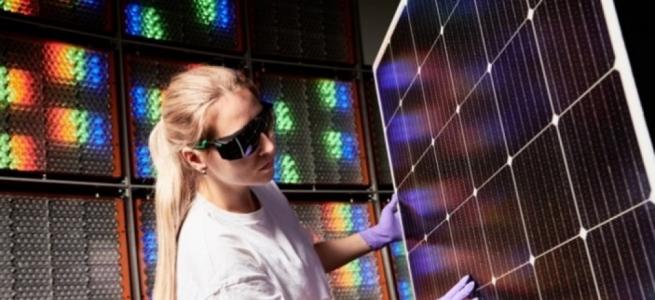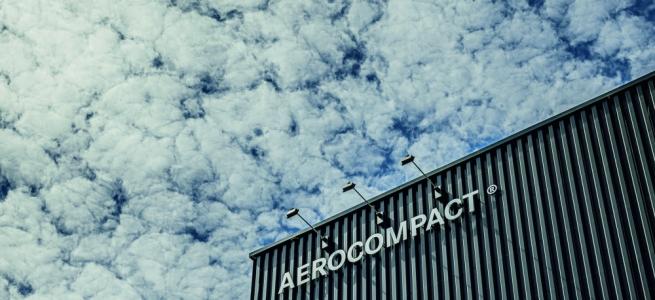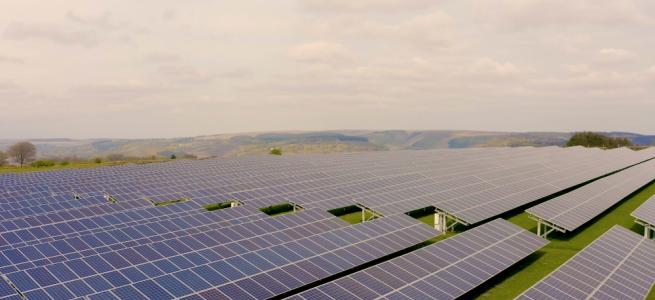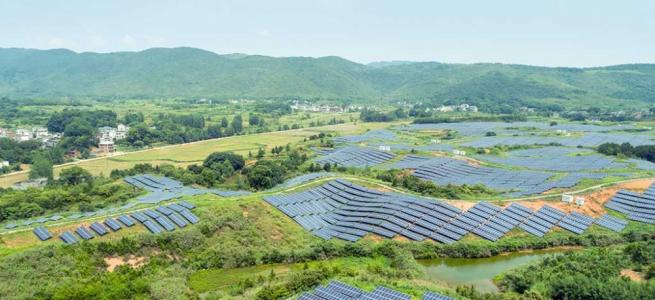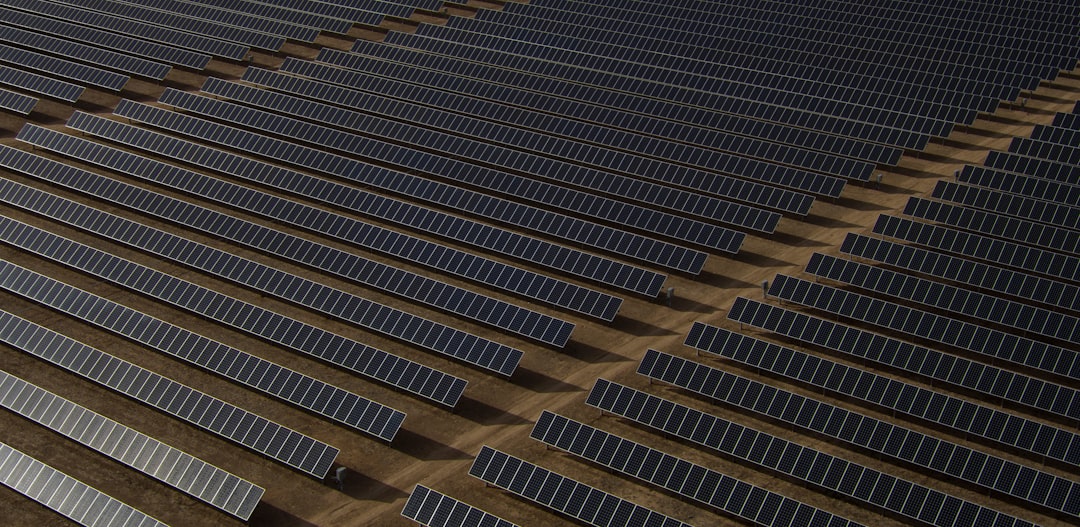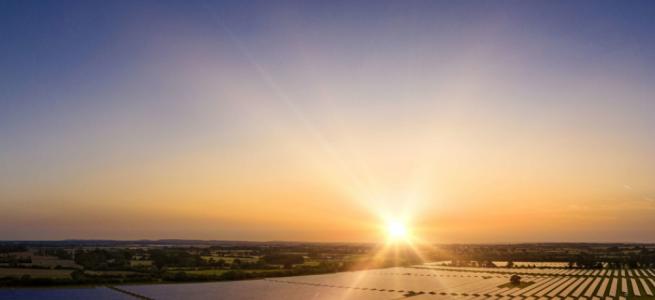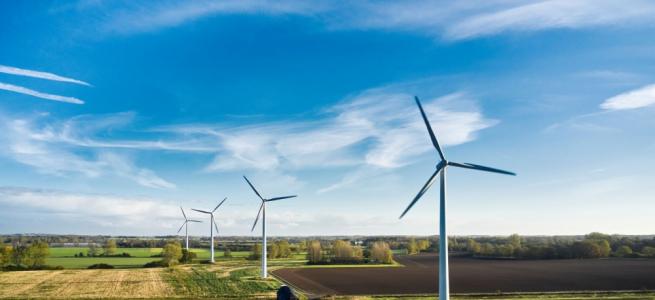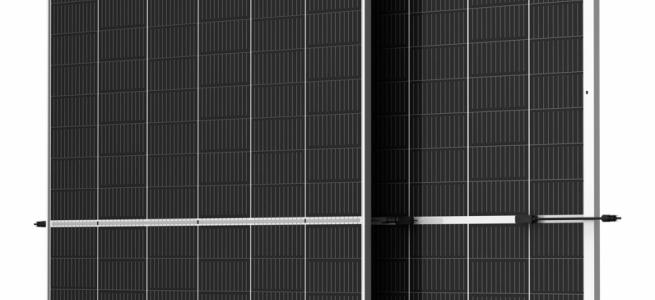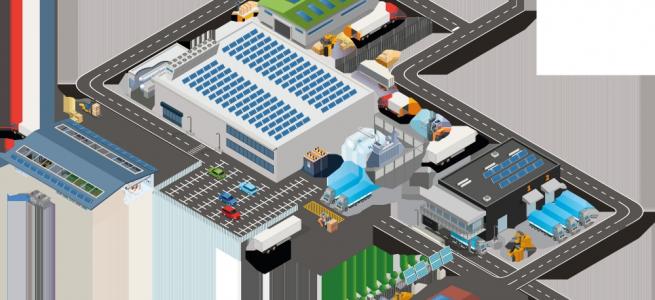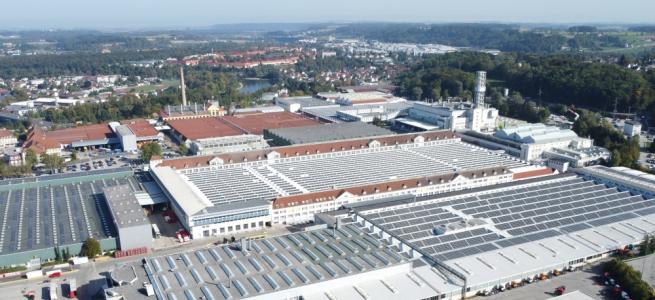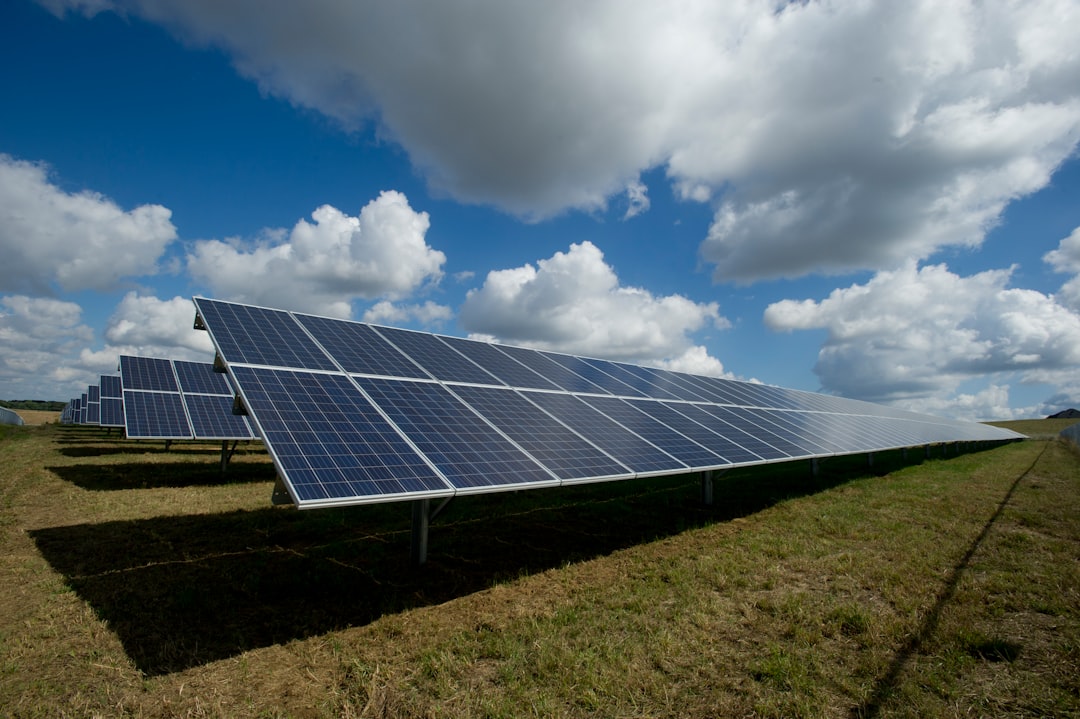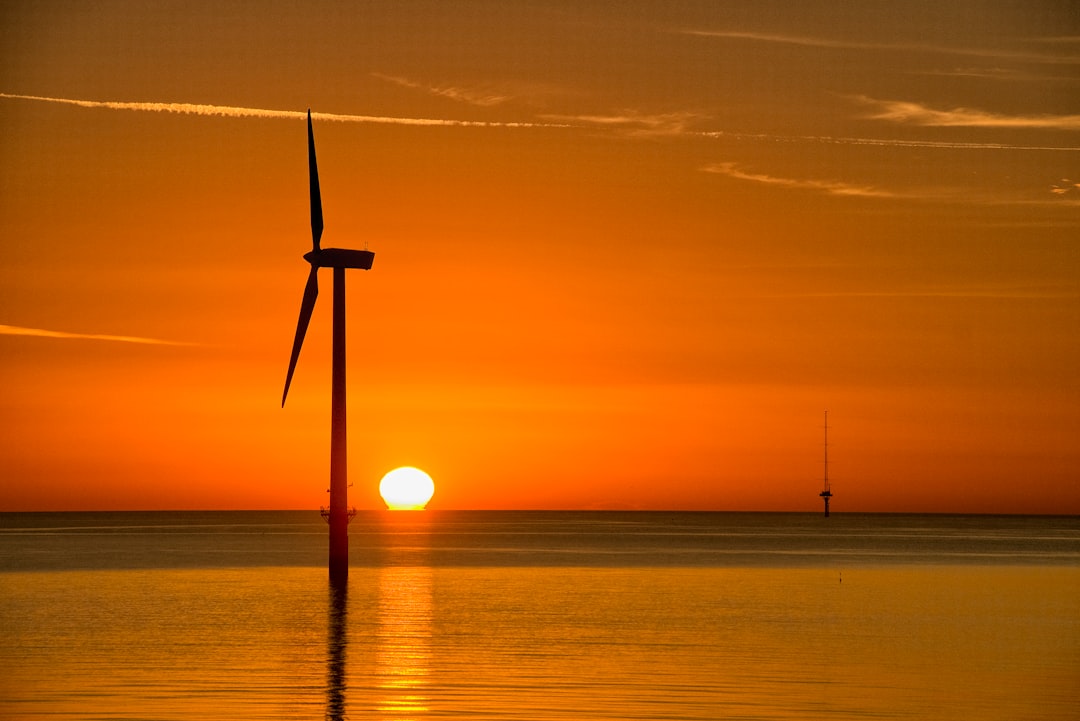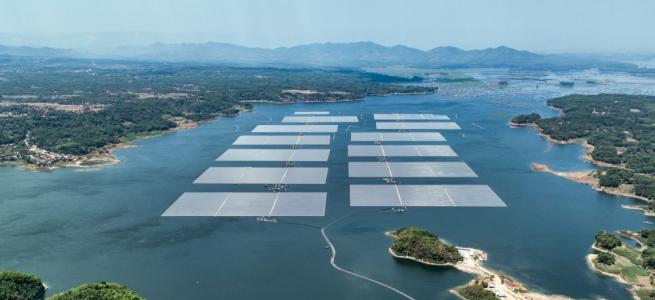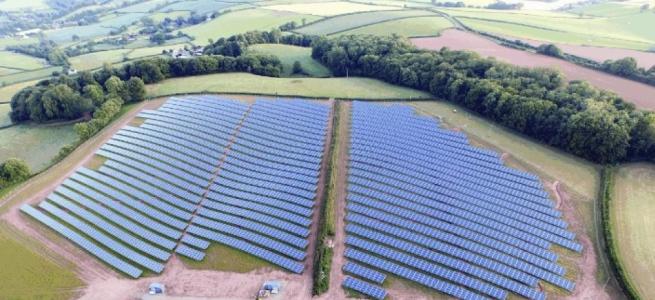Solar energy demand could rise by 40% in 2023

Bloomberg Intelligence’s (BI) Global Solar Energy Mid-year Outlook has found that solar energy is likely to remain the energy sector’s fastest-growing sub-segment in 2023, with analysis suggesting that demand could soar 30-40%. This follows a record 2022, when global solar capacity additions expanded about 38%, based on BloombergNEF's latest assessment. Profitability metrics for companies such as Maxeon, Enphase and First Solar may improve on easing input costs and supply-chain constraints. The Inflation Reduction Act, REPowerEU and increasingly favourable economics could help sustain growth in 2024-26.
Rob Barnett, BI Senior Clean Energy Analyst, added: “Global solar demand may rise about 30-40% in 2023 with industry revenues increasing about 35%. Despite such fast top-line growth, solar share prices have trailed this year relative to the overall market, though we note that solar shares are performing broadly in line with the energy sector. We believe the rapid pace of growth can be sustained in 2023-25, which may boost sentiment and help lift consensus sales expectations in the years ahead.”
According to BI, solar valuation metrics declined slightly vs. the start of 2023 due to a modest pullback in share prices and rising 2023 profit expectations. Rapid solar growth, easing supply-chain disruptions and a potential reversal in commodity prices could help boost Ebitda for most solar-exposed companies in the years ahead, which may help valuation metrics normalize.
US Government proposals to reduce greenhouse-gas emissions to net zero by mid-century could boost global solar-panel demand to more than 600 gigawatts in 2030 vs. about 350 GW this year. BI believes this looks achievable, given recent growth trends, and that annual solar demand could exceed 1terawatt (1,000 GW) worldwide within the next 10 years. Such a scenario would provide significant upside scope to Maxeon, Enphase, First Solar, SolarEdge and global peers' sales, particularly in 2025-30.
Rob Barnett, BI Senior Clean Energy Analyst, added: “EU policy support for solar is also strong with the European Commission's REPowerEU plan aspiring to double the installed capacity of solar power to more than 320 GW by 2025, which may lift consensus sales for 2023-25 at Wacker Chemie, SMA Solar and other European clean-energy manufacturers. By 2030, the EU is aiming for 600 GW of installed solar capacity, an indication that sales momentum could be maintained through the end of this decade. Unlike the US Inflation Reduction Act, REPowerEU didn't include significant subsidies for domestic manufacturing, and we believe Europe may eventually consider such provisions to counter supply-chain concentration in China or the US.”
BI notes that the price of polysilicon – a key raw material for the solar industry – has collapsed nearly 60% since the start of December, and that the rapid decline could fuel modest consensus Ebitda upgrades for Canadian Solar, Maxeon and other module manufacturers. Even if consensus proves correct, BI notes that the median company in our US-listed peer group will see its Ebitda margin soar to 17% in 2023 from 9% last year. Solar developers, including SunPower and Sunrun, could see the thinnest margins primarily because their business models are more labour intensive and less exposed to raw-material costs than equipment makers.


